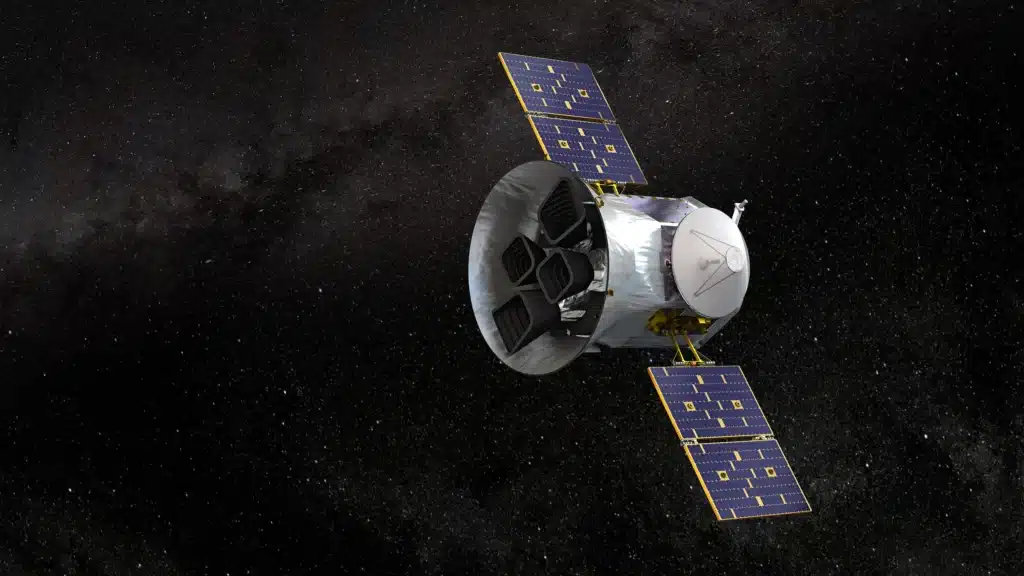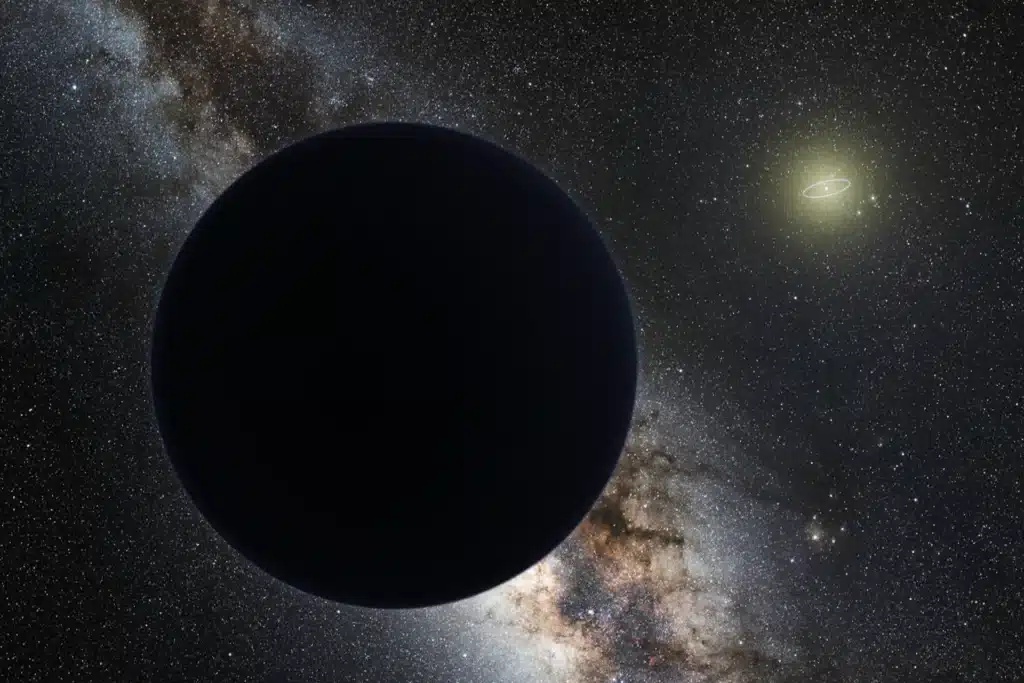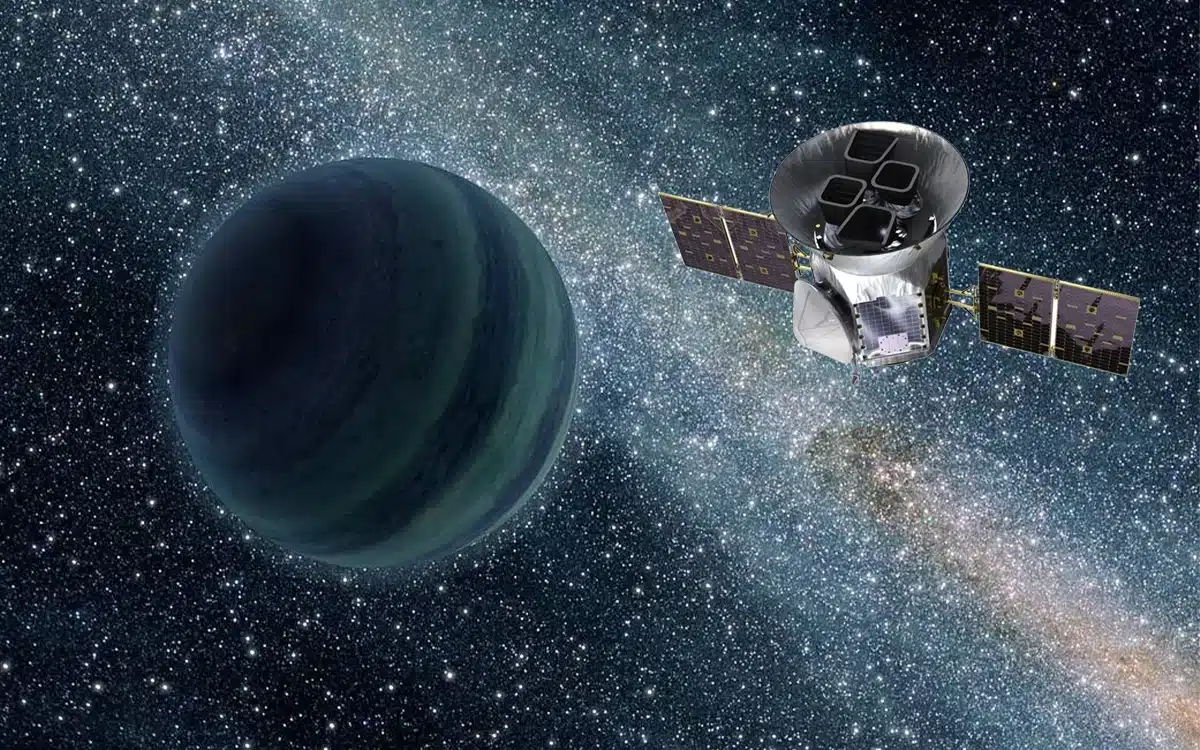Starless rogue planet 10 times heavier than Earth found by NASA telescope
- NASA’s planet-hunting telescope TESS just found something unique
- It spotted a free-floating rogue planet thousands of light-years away
- The planet isn’t bound to any star, making it a starless planet
Published on May 01, 2024 at 1:45 PM (UTC+4)
by Siddharth Dudeja
Last updated on May 02, 2024 at 6:51 PM (UTC+4)
Edited by
Tom Wood
NASA has a planet-hunting telescope that recently found its first free-floating — or rogue planet in faraway space.
To be clear, astronomers know of over 5,000 planets in other star systems several light years away.
So, what’s so special about this one?
READ MORE: NASA receives laser signal sent from mind-blowing 226 million kilometers away
NASA’s TESS, the Transiting Exoplanet Survey Satellite, is a space telescope that looks out for other planets.
However, a rogue planet is unique.
That’s because such bodies do not orbit any star and float freely in space, all alone.
This makes detecting them quite a task.
We already know about the planets in our solar system, and discoveries about exoplanets are also becoming more frequent.
However, this latest finding fits in a completely different category.

Scientists also found evidence of a ‘Planet 9’ in our solar system.
Since free-floating planets are not gravitationally bound to any star, they often remain undetected.
Why are they like that, you may ask?
Researchers have long argued about the origin of rogue planets, and the leading theory is that their host system ejected them.
Since it’s so hard to detect free-floating planets, there might just be more of them than regular planets in the universe.
A quadrillion starless planets in our galaxy alone, to be clear.
That’s 15 zeroes.

Alright then, so how did TESS find this one?
Astronomers at NASA used a phenomenon first suggested by Albert Einstein over a century ago — called gravitational microlensing.
When a rogue planet aligns in front of a large star in a faraway star system, it causes the star’s light to ‘wobble’ due to its gravitational pull.
Essentially, the rogue planet warps space-time ever so slightly, similar to a lens.
This can then be detected on various space telescopes, hinting at a free-floating planet.
In this case, the star that played a crucial close is about 13 times bigger than the Sun and is over 10,400 light years away.
The starless planet likely has a mass a few times that of Earth.
So it’s definitely not an inconsequential size.
Researchers submitted these findings in a paper that’s pending review.
This means that this discovery must also be confirmed by someone else.
While rogue planets are extremely common, NASA — and other researchers want to understand why such starless planets exist in the first place.
DISCOVER SBX CARS: The global premium car auction platform powered by Supercar Blondie


